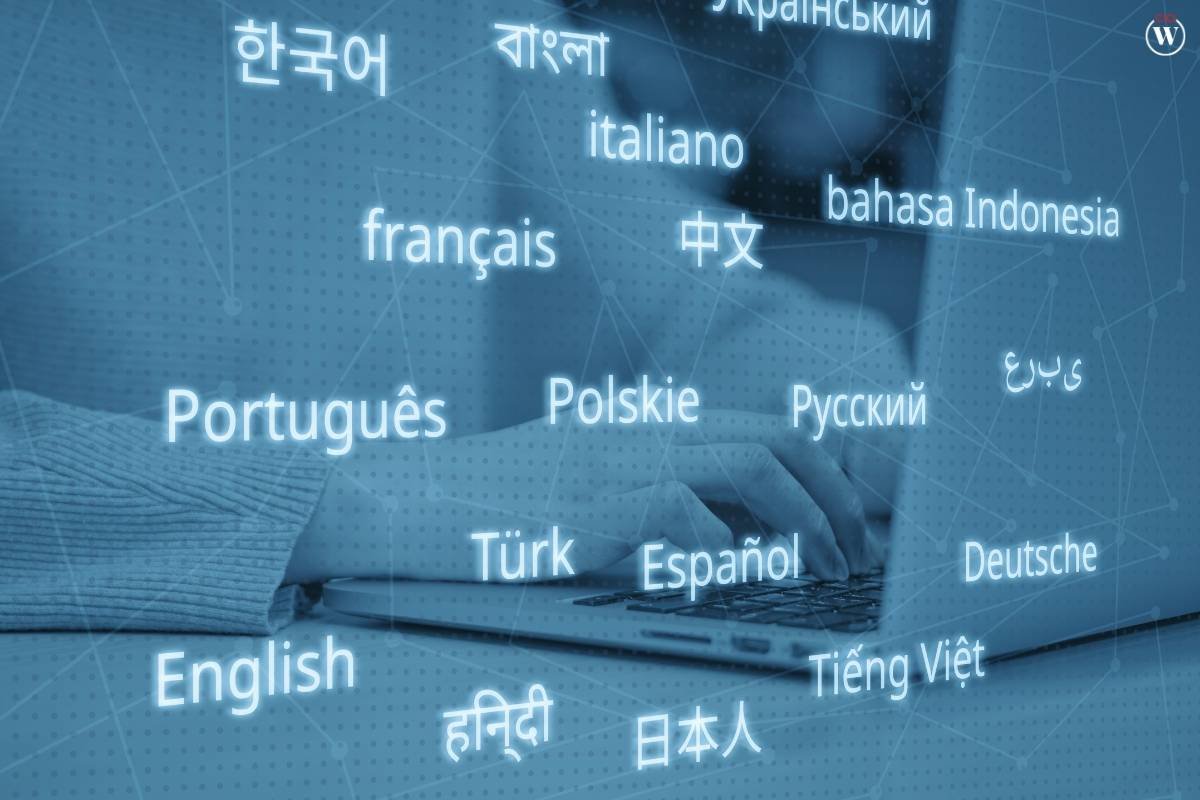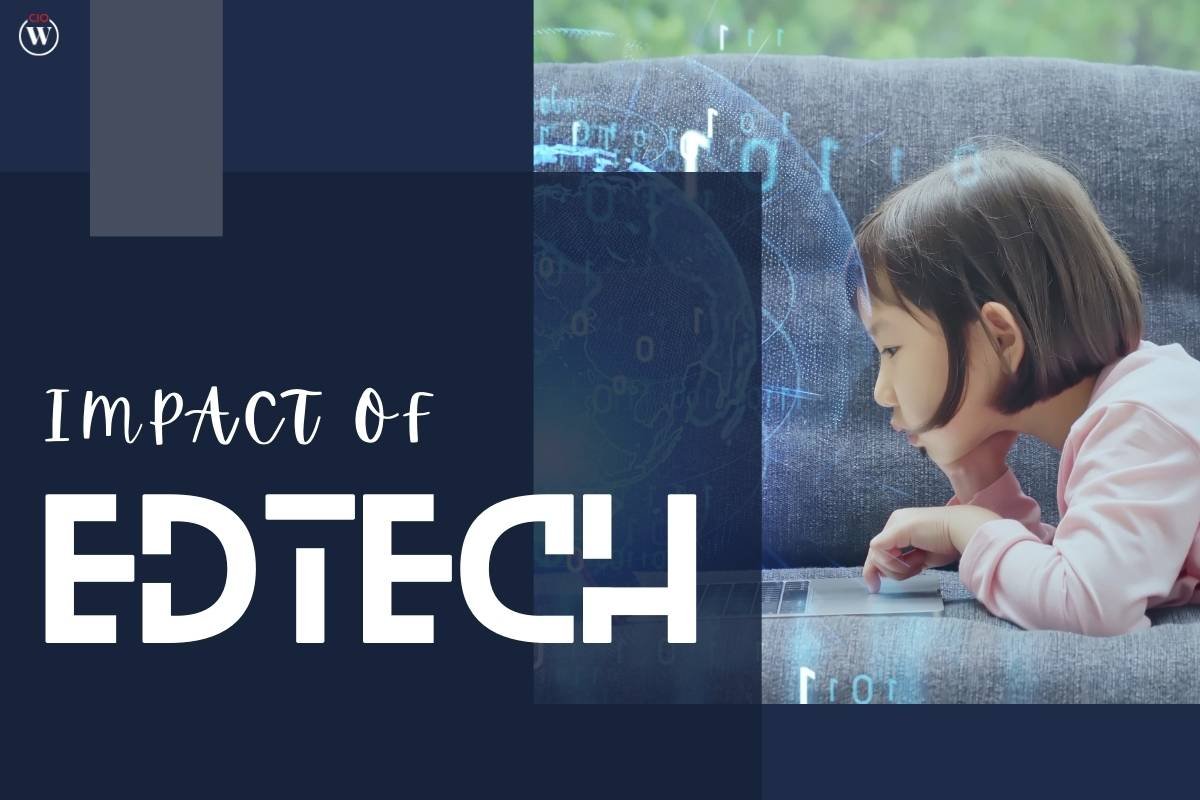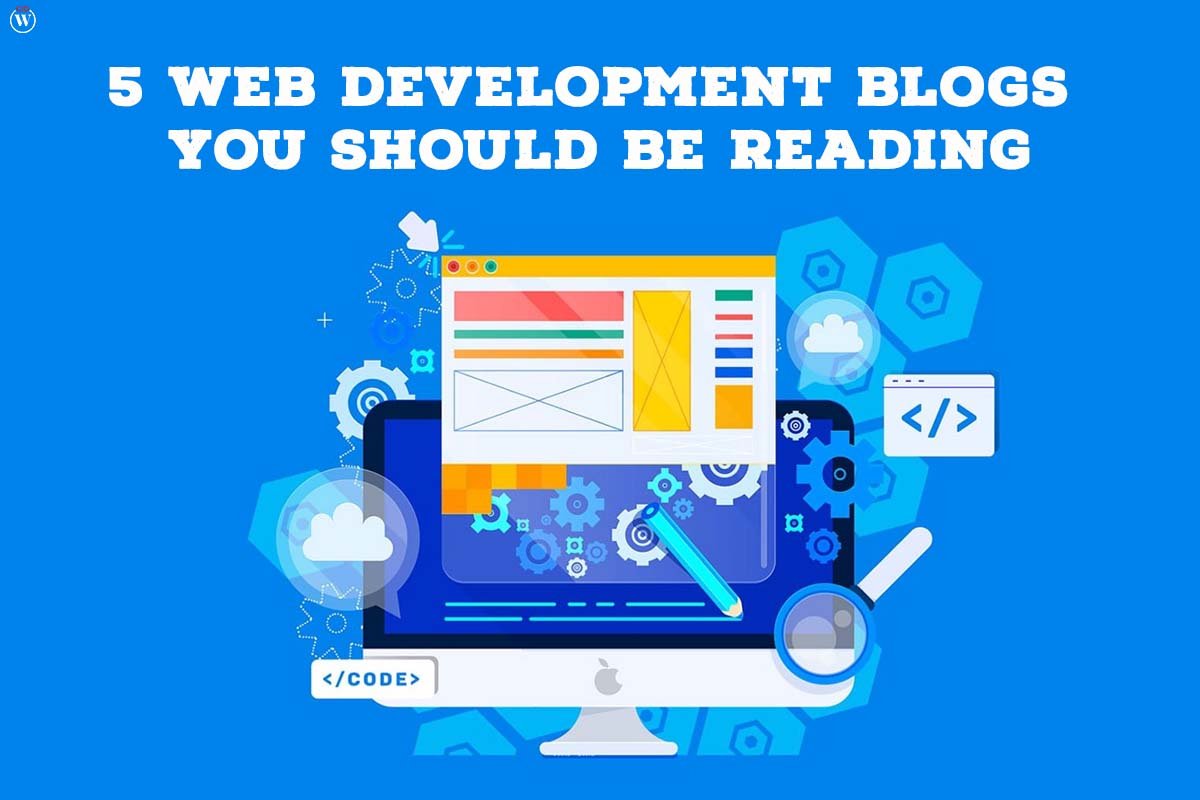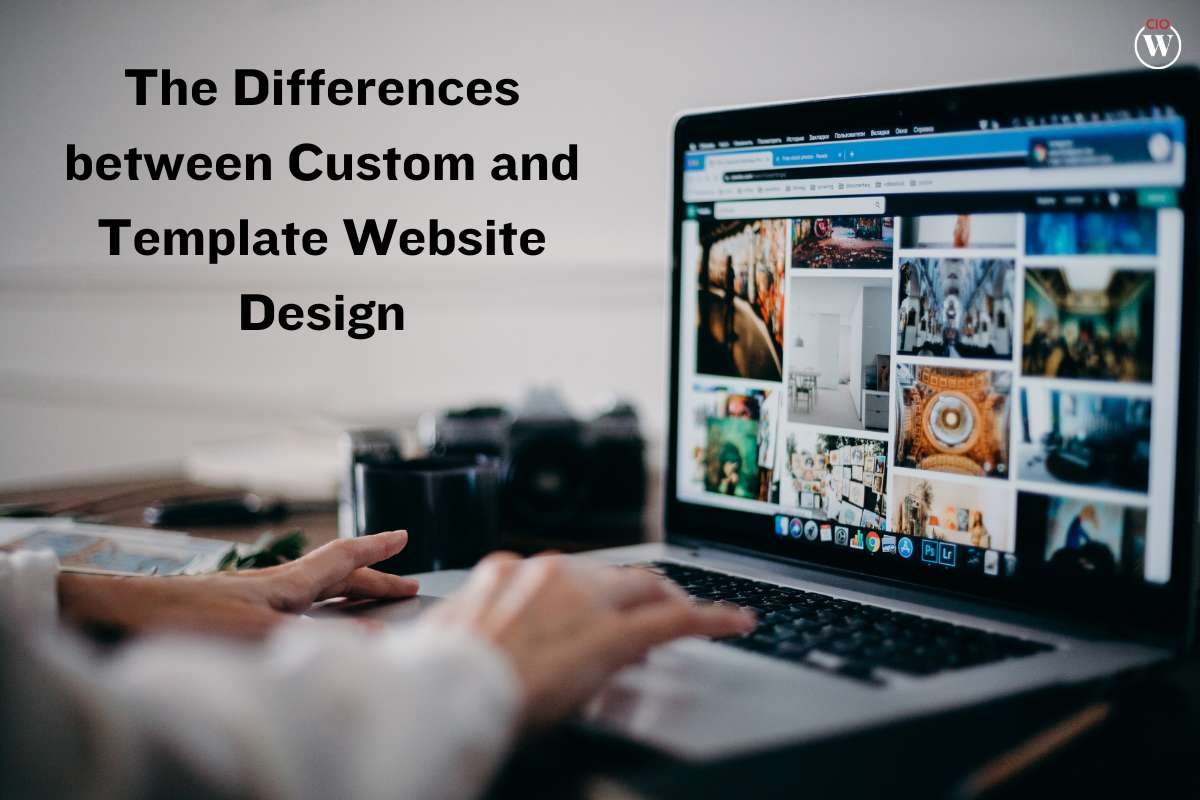The landscape of higher education is undergoing a profound transformation, largely due to the widespread adoption of Educational Technology, or EdTech. EdTech encompasses a vast array of digital tools, software, and platforms designed to enhance and streamline the learning experience. As we delve into the 21st century, the impact of EdTech on higher education is nothing short of spectacular. This seismic shift has not only revolutionized how students access and engage with knowledge but also redefined the roles of educators and institutions themselves.
The digital revolution has ushered in a new era of learning, where physical boundaries are no longer barriers to education. Today, students in remote villages can access the same quality of education as their urban counterparts. This inclusivity is a testament to the remarkable transformation EdTech has brought to higher education. It is a beacon of hope for those who once believed that education was beyond their reach, breaking down socioeconomic and geographical barriers.
In this article, we will explore ten splendid ways in which EdTech is revolutionizing higher education, accompanied by an in-depth analysis of each impact. These transformative effects encompass accessibility, engagement, collaboration, cost savings, flexibility, data-driven insights, and many more.
The comprehensive picture of how EdTech is reshaping the future of education:
1. Lifelong Learning for Professionals
This is an important impact of EdTech on higher education. EdTech is not limited to traditional undergraduate and graduate programs; it extends to lifelong learning for professionals. Continuous education and skill development have become essential in today’s rapidly changing job market. Online courses, micro-credentials, and digital certification programs enable individuals to acquire new skills and stay relevant in their careers.
2. Support for Diverse Learning Styles

Every student has a unique learning style, and EdTech caters to these differences. Visual learners benefit from interactive graphics and videos, auditory learners can engage with recorded lectures and podcasts, and kinesthetic learners can interact with simulations and hands-on activities. This adaptability ensures that a wide range of learners can thrive in online and blended learning environments.
3. Real-world Case Studies
The impact of EdTech platforms often incorporates real-world case studies and scenarios into their courses. This approach bridges the gap between theory and practice, allowing students to apply their knowledge to real-life situations. These case studies are especially valuable in fields like business, law, and healthcare, where practical experience is crucial.
4. Global Perspectives
EdTech exposes students to a wealth of global perspectives. Online courses often feature guest lecturers and experts from various countries, providing students with a broader understanding of international issues, cultural diversity, and global challenges. This exposure enhances their critical thinking and problem-solving skills.
5. Gamified Learning
Gamification is a splendid impact of EdTech strategy that turns learning into a game. Students earn rewards, compete with peers, and complete challenges, all while absorbing educational content. This approach makes learning fun and addictive, motivating students to stay engaged and achieve better results.
6. Mentorship Opportunities

EdTech platforms can facilitate mentorship programs, connecting students with experienced professionals in their chosen fields. These mentors provide guidance, career advice, and valuable insights, helping students make informed decisions about their academic and professional paths.
7. Continuous Assessment
Traditional education often relies on a few high-stakes exams or assignments to evaluate student performance, putting a huge emphasis on things like SAT prep and revision. EdTech, on the other hand, promotes continuous assessment through quizzes, assignments, and discussion participation. This ongoing feedback helps students monitor their progress and make necessary adjustments in real time.
8. Interdisciplinary Learning
EdTech encourages interdisciplinary learning by breaking down the barriers between subjects. Students can explore topics that bridge multiple disciplines, gaining a holistic understanding of complex issues. This approach fosters creativity and innovation, as solutions often arise at the intersection of different fields.
9. Inclusive Teaching Tools

EdTech tools include features like closed captioning, speech recognition, and language translation, making education more accessible to a diverse student population. These tools benefit not only students with disabilities but also non-native English speakers and individuals with different learning needs.
10. Data-Driven Decision-Making
Educational institutions are increasingly relying on data-driven decision-making to enhance their programs and services. EdTech platforms provide valuable insights into student engagement, performance trends, and areas requiring improvement. This data empowers educators and administrators to make informed choices and continuously enhance the quality of education.
In the grand tapestry of higher education, EdTech is a splendid thread that weaves together innovation, accessibility, and personalized learning experiences. Its impact transcends the classroom, extending to lifelong learning, global networking, and environmental sustainability. As the EdTech landscape continues to evolve, it promises a future where education is more accessible, engaging, and effective than ever before. With an ongoing commitment to addressing challenges and leveraging its transformative potential, EdTech is poised to shape the future of higher education for generations to come.
In conclusion, the splendorous impact of EdTech on higher education is undeniable, and its influence is far-reaching. From personalized learning paths to global networking opportunities, EdTech is revolutionizing the way we learn and teach. As it continues to evolve and adapt, its potential to shape the future of education remains boundless.
Conclusion
The impact of EdTech on higher education is a splendid testament to the power of innovation and technology. It has made education more accessible, personalized, engaging, and cost-effective. It has blurred geographical boundaries, enhanced collaboration, and provided students with immediate feedback. EdTech has also transformed the learning experience into one that is immersive and practical, preparing students for real-world challenges.
As we continue to embrace the potential of EdTech, it is essential to remember that while these impacts are splendid, they also bring challenges. Issues such as digital equity, privacy concerns, and the need for effective teacher training must be addressed. Nevertheless, the benefits of EdTech in higher education are undeniable, and its evolution promises even more splendid impacts in the future.









